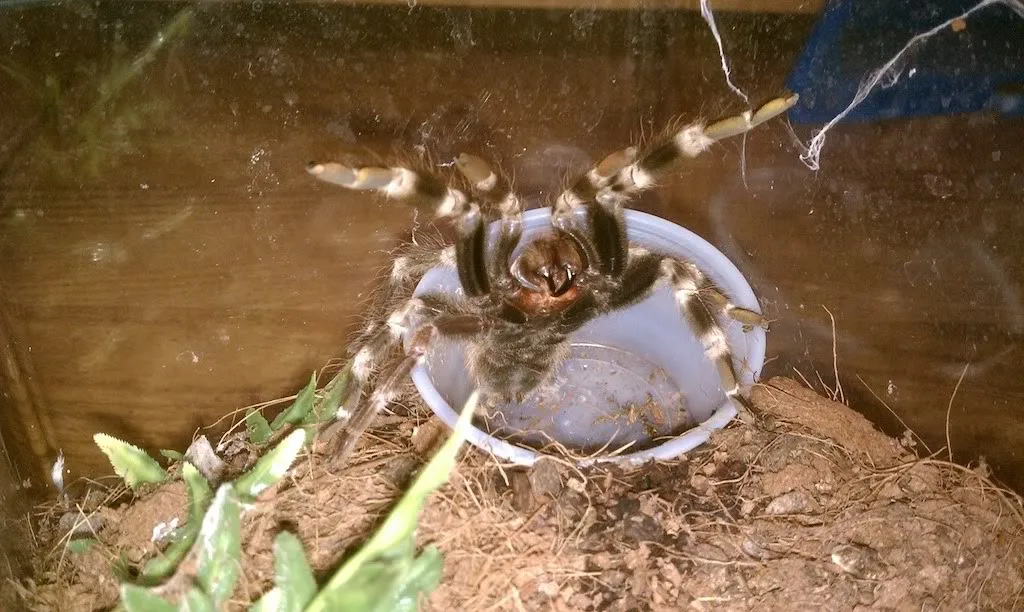Choosing the Best Room for Your Tarantula
Creating the perfect habitat for your tarantula is crucial for its health, happiness, and longevity. Selecting the right room is the first step in achieving this. The ideal room provides a stable environment, free from extreme fluctuations in temperature, humidity, and disturbances. Think of it as the spider’s sanctuary, a place where it can thrive without unnecessary stress. A well-chosen room simplifies maintenance and allows you to observe your tarantula’s fascinating behaviors without causing disruption. This guide walks you through the essential factors to consider when selecting and setting up the perfect room for your eight-legged friend. By following these guidelines, you’ll be well on your way to providing your tarantula with a safe and stimulating environment.
Factors to Consider
Several key factors influence the suitability of a room for a tarantula. These elements, when carefully managed, create a thriving environment. Prioritizing these considerations will ensure your tarantula remains healthy and active, allowing you to enjoy its presence for years to come. These include aspects such as temperature, humidity, lighting, and ventilation.
Temperature
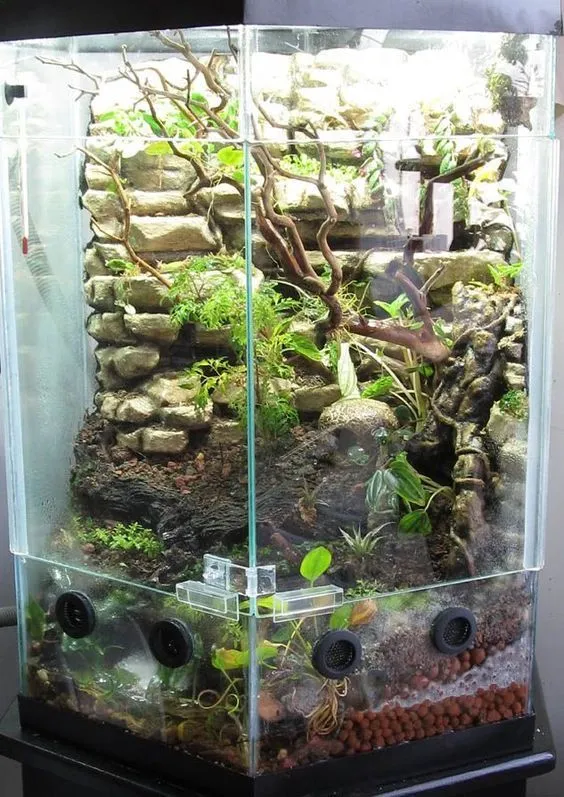
Tarantulas are ectothermic, meaning they rely on their environment to regulate their body temperature. The ideal temperature range for most tarantula species is between 70-80°F (21-27°C). A consistent temperature is essential; avoid rooms with significant temperature swings. Consider using a thermometer to monitor the room temperature and a heating source, such as a heat mat or ceramic heat emitter, if necessary, to maintain the ideal range. Place the heating element on one side of the enclosure to create a temperature gradient, allowing your tarantula to choose its preferred temperature zone.
Humidity
Humidity levels also significantly impact a tarantula’s well-being. Different species have varying humidity requirements, but generally, humidity between 60-80% is appropriate. Measure humidity using a hygrometer. To maintain the correct humidity, mist the enclosure with dechlorinated water, especially during molting. The substrate also plays a role in regulating humidity; dampening the substrate helps maintain the desired level. Proper humidity is vital for successful molting and overall health; too little, and your tarantula may struggle to shed its exoskeleton. Excessive humidity, however, can lead to mold growth, so it’s crucial to strike a balance.
Lighting
Tarantulas are primarily nocturnal creatures and do not require intense lighting. Avoid direct sunlight, as it can overheat the enclosure and stress your tarantula. A room with ambient lighting is sufficient. If supplemental lighting is needed, opt for low-wattage bulbs or LED lights. Ensure the enclosure has areas of shade where your tarantula can retreat. A natural day-night cycle can be beneficial, but bright or constant light is unnecessary. Consider the natural habitat of your tarantula species when determining lighting needs.
Ventilation
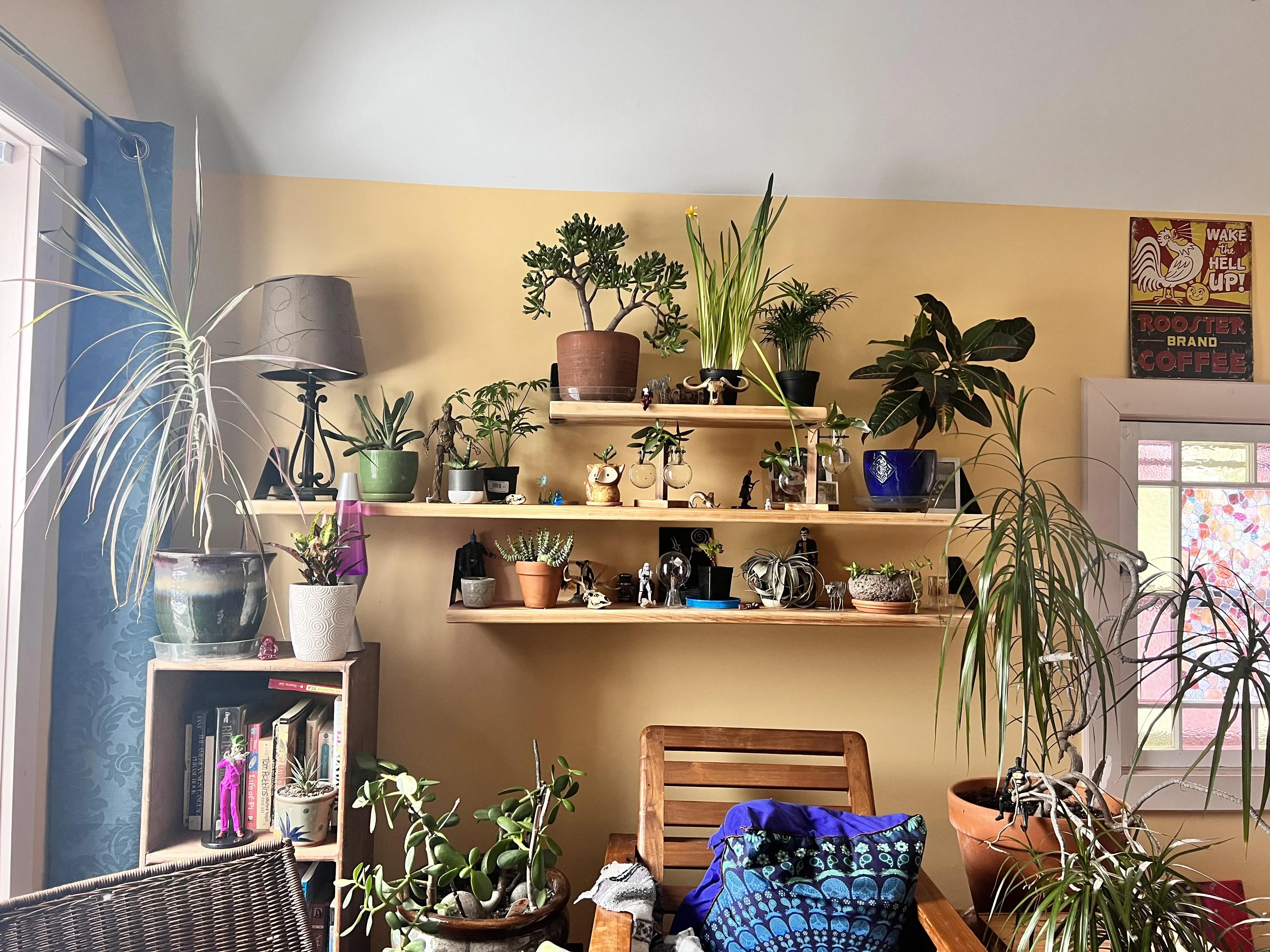
Adequate ventilation is crucial to prevent mold and mildew growth in the enclosure, which can be harmful to your tarantula. The enclosure should have appropriate ventilation holes or mesh to allow for air circulation. Avoid rooms with poor airflow, as they can trap moisture and lead to unhealthy conditions. Proper ventilation also helps regulate humidity levels and prevents the buildup of harmful gases. Ensure the ventilation system doesn’t create drafts that could stress your tarantula.
Size and Space
The amount of available space is a key consideration in the room choice. You need enough space to accommodate the tarantula enclosure, as well as any necessary equipment for maintaining the environment. Make sure you can easily access the enclosure for feeding, cleaning, and observation. Additionally, think about the amount of open space in the room to move and to avoid disturbing the enclosure. A room that is too cramped will make maintenance and observation difficult. A well-organized room contributes to a stress-free environment for both you and your tarantula.
Optimal Room Size for Tarantulas
A dedicated space, like a spare bedroom or a quiet corner of a room, works well for housing a tarantula. Choose a room that can accommodate the enclosure without being overcrowded. The room should be large enough to allow for consistent temperature and humidity control without sudden fluctuations. It also helps if the room provides a degree of separation from household activities, minimizing stress on the tarantula. Avoid high-traffic areas where the tarantula might be disturbed by noise or vibration. The size of the room itself isn’t as critical as the ability to maintain a stable environment.
Avoiding Drafts and Direct Sunlight
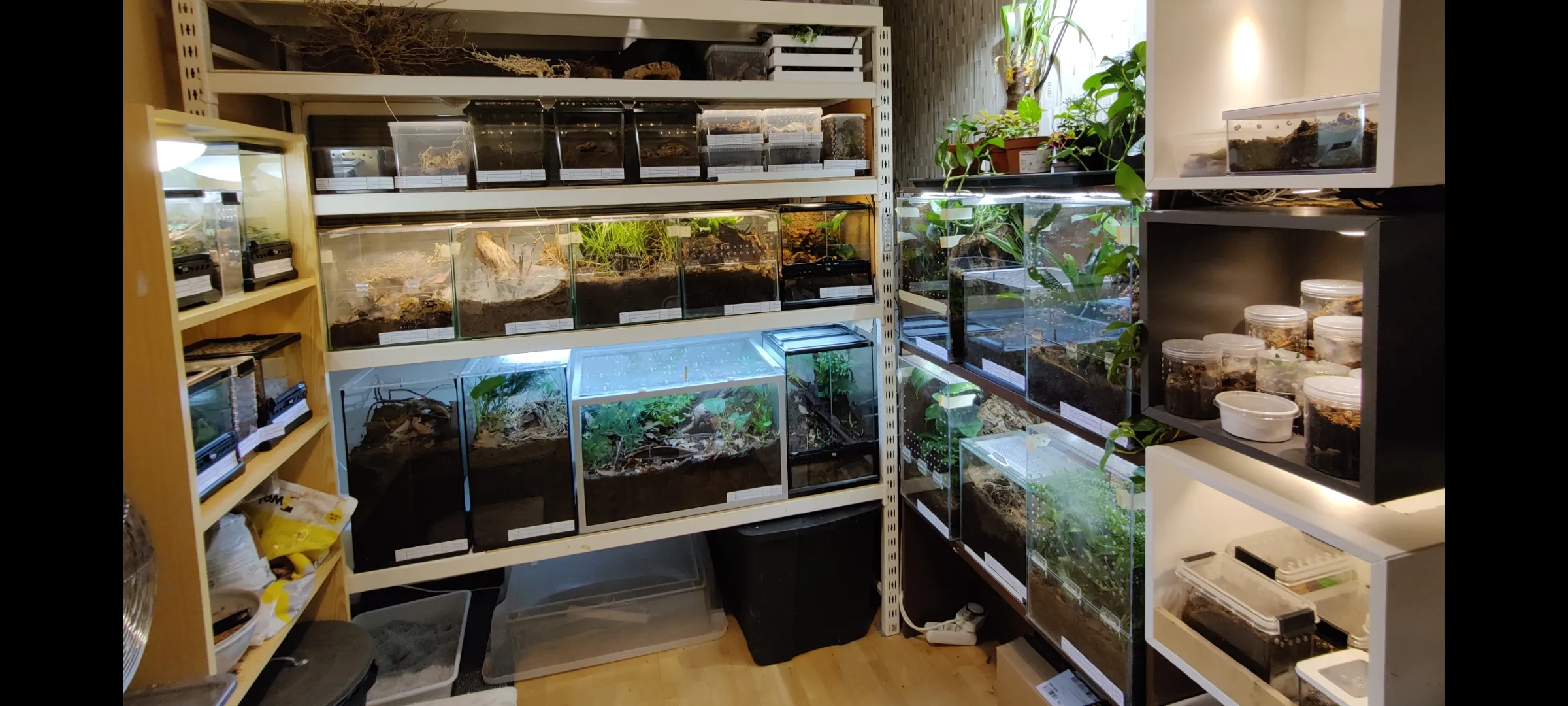
Drafts and direct sunlight can be detrimental to a tarantula’s well-being. Drafts can cause temperature fluctuations and potentially chill your tarantula. Direct sunlight can overheat the enclosure. Choose a room away from windows and doors prone to drafts. If the room has windows, ensure that the enclosure is placed away from direct sunlight or use blinds or curtains to control the light. Consider the position of the enclosure concerning heating and cooling vents. Avoiding drafts and direct sunlight ensures a stable and safe environment.
Setting Up the Tarantula Enclosure
Once you’ve selected the right room, the next step is to set up the tarantula’s enclosure. This involves choosing the appropriate substrate, providing decorations, and ensuring the environment is suitable for your pet’s needs. The enclosure should mimic the tarantula’s natural habitat, creating a comfortable and stimulating space. With careful planning, you can create an enriching environment that enhances your tarantula’s life.
Substrate Selection
The substrate is the foundation of your tarantula’s enclosure. It provides a surface for your tarantula to walk on, burrow in (for terrestrial species), and helps regulate humidity. The right substrate ensures that your tarantula can thrive. Consider the specific requirements of the species you’re keeping when selecting a substrate. There are a variety of substrate options available, so research and choose the best for your particular tarantula.
Types of Substrate

Several substrate options are suitable for tarantula enclosures. The most popular options include:
- Coco fiber: This is a readily available, absorbent, and mold-resistant substrate.
- Peat moss: Provides excellent moisture retention. Be sure to use a product that’s free of fertilizers or additives.
- Sphagnum moss: Often used for humidity control.
- Topsoil: Can be mixed with other substrates to provide a naturalistic environment.
- Vermiculite or perlite: Used to increase humidity and drainage.
Avoid substrates that contain harmful chemicals or are known to harbor pests. The substrate should be safe for your tarantula and easy to maintain.
Substrate Depth
The depth of the substrate is crucial, especially for burrowing species. The depth of the substrate is crucial, especially for burrowing species. The substrate depth will depend on the species. Terrestrial tarantulas typically require 2-6 inches of substrate to allow for burrowing. Arboreal species do not need as much substrate, but sufficient depth is still needed to maintain humidity. Always research your tarantula’s species-specific needs for substrate depth. This ensures your tarantula can express natural behaviors and live comfortably. Incorrect substrate depth can lead to stress and health issues.
Decorating the Enclosure
Decorating the enclosure provides enrichment and mimics the tarantula’s natural habitat. This can reduce stress and promote natural behaviors. Provide a variety of elements to give your tarantula choices. Think about hides, climbing areas, and opportunities for your tarantula to explore and feel safe.
Hides and Shelters
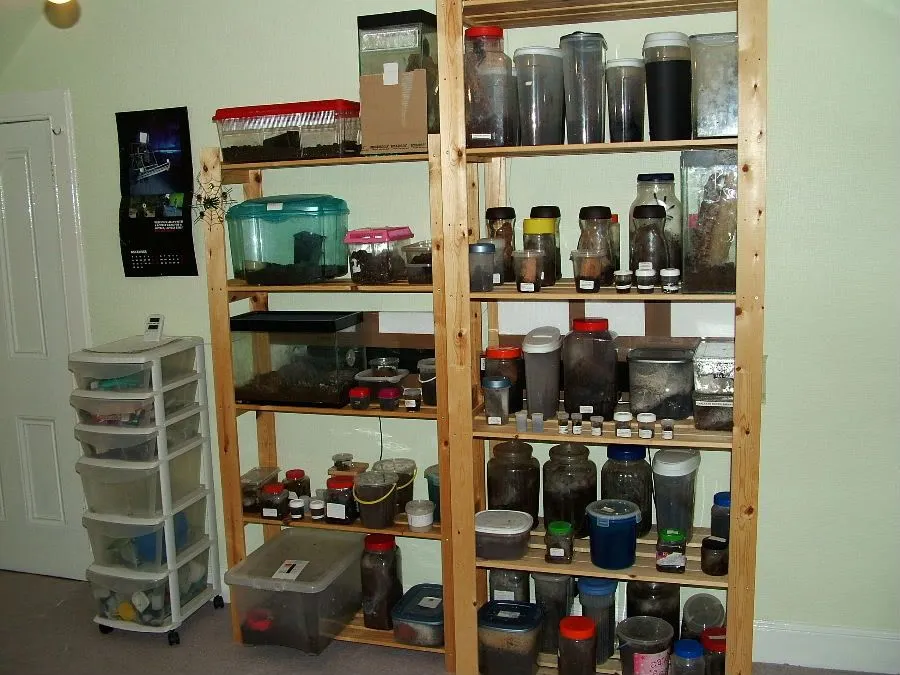
Hides are essential for tarantulas, providing a sense of security. They allow the tarantula to retreat from view and feel safe, reducing stress. Provide at least one hide per enclosure. Suitable hide options include:
- Cork bark: Offers an excellent naturalistic look and provides a secure hiding place.
- Half logs: Easy to obtain and provide a hiding spot.
- Artificial hides: Decorative and provide a safe retreat.
Ensure the hide is appropriately sized for the tarantula and does not pose a hazard. Position the hide in a way that the tarantula can easily access it.
Water and Feeding Dishes
Water and feeding dishes are essential components of the tarantula enclosure. Provide a shallow water dish with fresh, clean water at all times. The water dish should be easily accessible and shallow enough to prevent drowning. For slings, you can use a bottle cap filled with water. Use feeding dishes for live prey to make it easier to feed and remove uneaten insects. Always use non-toxic materials for the water and feeding dishes and clean them regularly. Proper hydration and feeding are critical for your tarantula’s health.
Maintaining the Tarantula Room
Once you have created the perfect environment, regular maintenance is essential to keep your tarantula healthy and happy. Consistent care ensures your tarantula’s enclosure stays clean and the environment is within optimal conditions. A regular maintenance routine protects your tarantula from health issues and allows you to enjoy your pet for years to come.
Cleaning and Maintenance Schedule
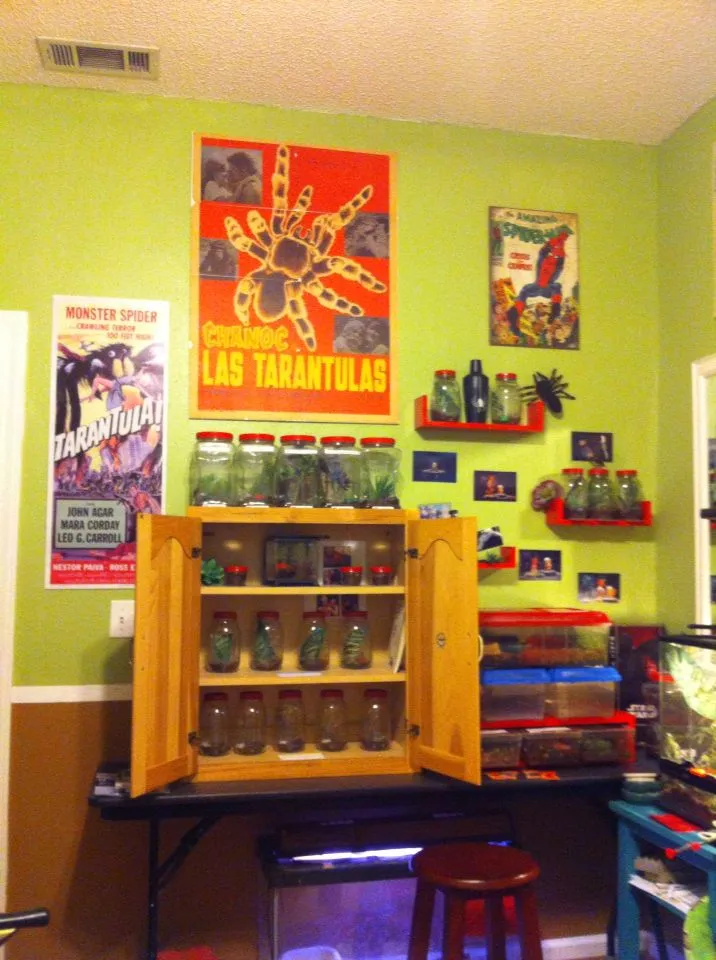
Establish a cleaning and maintenance schedule to keep the tarantula enclosure and room in good condition. The frequency of cleaning depends on the species and the size of the enclosure. It is best to clean the enclosure on a regular basis and keep the environment clean. Always consult resources specific to your tarantula species for optimal care guidelines.
Regular Cleaning
Regular cleaning prevents the buildup of waste and potential health hazards. Spot clean the enclosure weekly by removing uneaten food, molts, and any visible waste. You may need to clean the entire enclosure more frequently, depending on the tarantula species and the conditions. The frequency of cleaning depends on the species, the size of the enclosure, and the specific environment. Completely change the substrate as needed; this usually takes place every few months to a year, depending on the substrate type and tarantula species. When cleaning, use appropriate cleaning supplies and ensure they are safe for your tarantula. Handle your tarantula with care or remove it to a temporary container while cleaning.
Water and Humidity Checks
Monitor humidity levels daily. This can be easily achieved with a hygrometer. Mist the enclosure with dechlorinated water as needed to maintain the correct humidity level for your tarantula species. Ensure the water dish is clean and filled with fresh water. Adjust the ventilation as needed to maintain a healthy humidity balance. Regular water and humidity checks ensure that your tarantula is in an optimal environment.
Pest Control
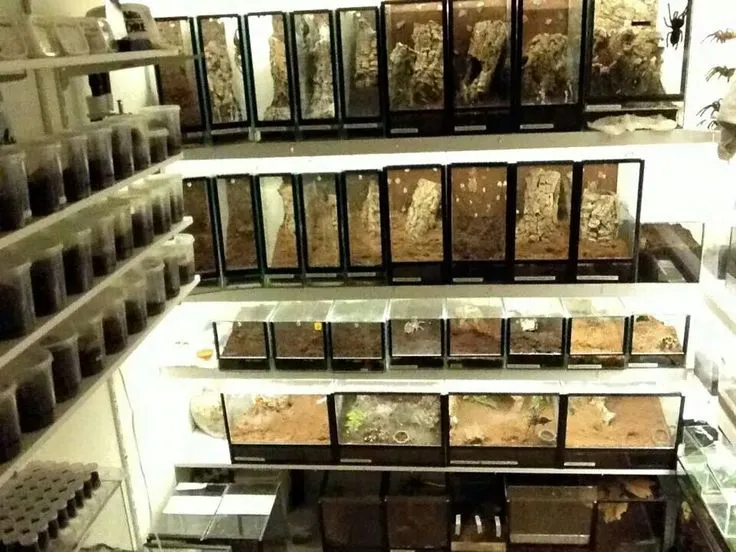
Pest control is a critical part of maintaining a healthy environment for your tarantula. Pests like mites and fruit flies can harm your tarantula and make it uncomfortable. Regularly inspect the enclosure for any signs of pests. Isolate any new additions (such as new hides or decorations) before placing them in the enclosure. Use appropriate methods for pest control; if pests are present, consult with a veterinarian experienced in exotic animals. Good pest control prevents diseases and keeps your tarantula healthy.
Preventing Common Problems
By implementing proper care and following these guidelines, you can prevent many common problems that can affect tarantulas. Being proactive in your care and paying attention to the details will go a long way toward ensuring your tarantula’s health and well-being. If you notice any unusual behavior or symptoms, consult an experienced veterinarian immediately. By providing the best possible environment and care, you can enjoy your tarantula for years to come.
Setting up and maintaining the perfect room for your tarantula is a rewarding experience. By choosing the right room, providing the correct environmental conditions, and establishing a regular maintenance schedule, you can ensure your tarantula thrives. Remember to research the specific needs of your tarantula species and adapt your care accordingly. The goal is to create a safe, healthy, and stimulating environment for your eight-legged companion. Enjoy the fascinating world of tarantula keeping.
